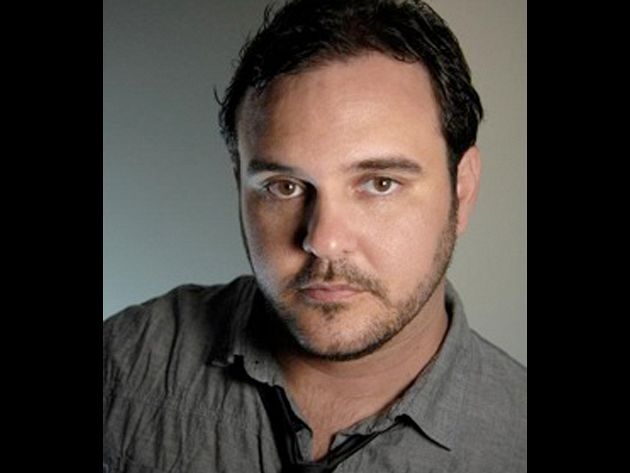Curator Courtney Lynne Carter developed this proposal for an exhibition in Haverford College's Visual Culture, Arts, and Media building during the 2019 Curatorial Intensive in New Orleans.
How do we commemorate and memorialize our shared American histories? Especially when these histories can inspire resilience and celebration, and also attest to incredible violence, racism, and other forms of oppression that have lingering legacies and take new forms today?
Monuments, heritage houses, museums, and academic institutions—these are sites whose methods of recording history are being questioned in our contemporary moment by artists, activists, citizens, and other cultural producers. These are sites where collective memory, heritage, and history often seem set aside and apart as if from a past long ago. The separation of the past from the present, and from the site and the community around the site, is a temporal and spatial self-isolation that can reify the past as something closed off or detached from the present. Reenactment is one way to enliven the past; it locates a specific moment or event in history and re-creates it with extraordinary attention to detail in the present. Reenactment can also bring a de-contextualized or abridged version of the past into the present in such a way that it skips over the violent, racist, or unrecorded contexts that greatly determine our present. Conversations about reenactment usually circulate around authenticity, for example, what were the exact boots that Civil War soldiers wore at that time? But this question of authenticity isn’t what interests me. What interests me is the illusion that reenactment is about fact; on the contrary, fiction is always present in the act of storytelling, and the stories we tell about our shared American history are always intertwined with the production of mythology, ideology, and nationalism.
This exhibition explores the aesthetics and politics of reenactment for understanding American history.
Some secondary questions posed by the exhibition include:
What are the politics and aesthetics of reenactment as an artistic practice?
What is the relationship between reenactment and performance?
How can we better understand our shared histories through embodied experience?
I am interested in contemporary artists who use strategies of historical reenactment to reveal the fictions, untold stories, or racist imaginations in American history. This can be reenacting with performance, text, or gesture; sourcing, recreating, reliving, or otherwise repurposing historical material; and expressed through any medium, though performance, film, and photography seem to be particularly popular visual forms. These are artists who use their bodies to reveal that the body is one of our most powerful records of history. And these are artists who take stock of the aesthetic and political stakes in historical reenactment, even as they sometimes take on the stereotypes or the personae of historical oppressors.
In summation, I am interested in reenactment as an artistic strategy to de-stabilize our relationship with American history.
Programming
To enact the performative and always shifting natures of history and collective memory, the exhibition site will be “activated” once every week during the run of the show through collaborations that I will foster throughout this year, including professors, student groups, Philadelphia-based artists, and Philadelphia-based arts and cultural organizations. These collaborations will be an open invitation for the collaborators to use the exhibition space as a point of departure for their own response and enactment, depending on how the exhibition and/or space best fits their needs.
Location
The exhibition is proposed for Spring 2020 in a one-room white cube gallery space at Haverford College’s Visual Culture, Arts, and Media (VCAM) building. Haverford College is located in Haverford, PA, just outside of Philadelphia, PA.






